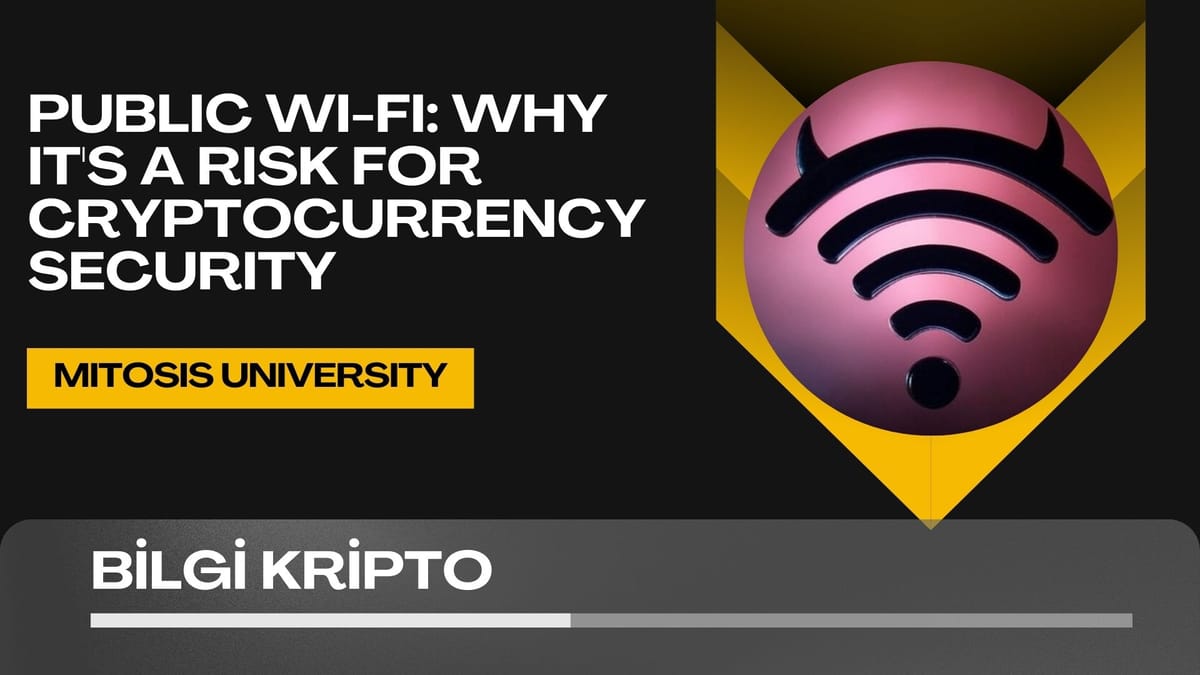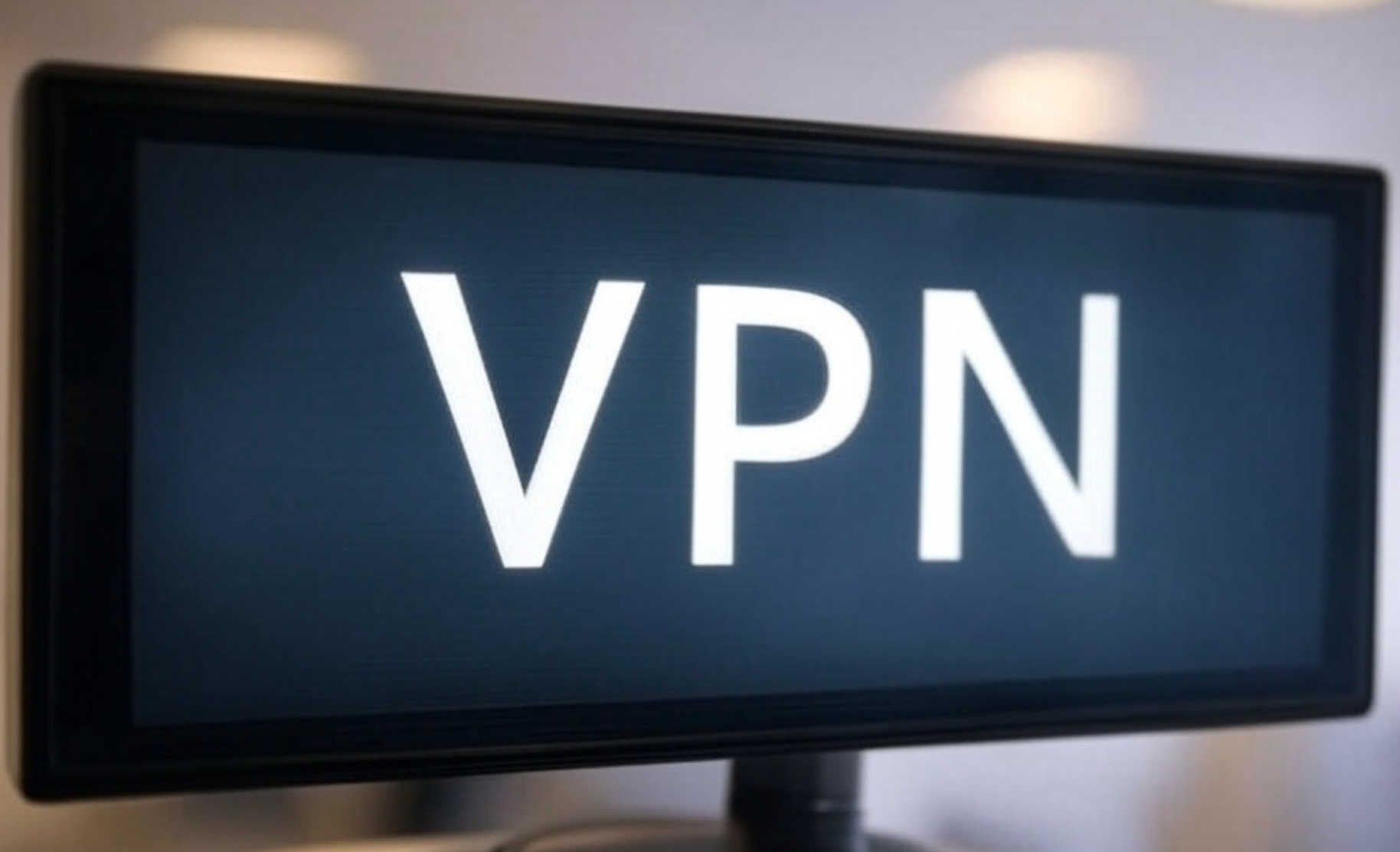Public Wi-Fi: Why It's a Risk for Cryptocurrency Security

In today's technological world, free Wi-Fi networks make our lives significantly easier. These networks, available in cafes, hotels, and shopping malls, allow instant access to the internet. But do we realize the critical security risks they pose when we conduct online transactions? In the world of cryptocurrency, we will explain just how dangerous public Wi-Fi networks can be during transactions.
Public Wi-Fi: Hidden Threats and Crypto Security
The temptation to use public Wi-Fi while browsing the internet is undeniable. However, these networks are not always safe. Especially when making cryptocurrency transactions, open networks can pose serious risks. The most common threat is Man-in-the-Middle (MiTM) attacks.

What are MiTM Attacks and How Do They Threaten Crypto Transactions?
Man-in-the-Middle (MiTM) attacks occur when a malicious third party intercepts communication between two parties. These attacks typically happen on public Wi-Fi networks. Hackers can steal your passwords and cryptocurrency wallet information, even redirecting your transactions. In short, hackers can access all of your data without you even realizing it.
MiTM attacks can be especially dangerous in the cryptocurrency world. Hackers can redirect victims to a fake cryptocurrency exchange, steal wallet information, and send transactions to incorrect addresses. This can result in significant losses.
Wi-Fi Sniffing and Crypto Security
Wi-Fi sniffing refers to hackers monitoring the data passing through devices on public Wi-Fi networks. These types of attacks can range from stealing personal information to tracking internet usage habits. For cryptocurrency transactions, this threat becomes even more serious. Hackers can steal this information to access usernames, passwords, and even gain entry to your wallet.
These attacks often occur through fake Wi-Fi networks. Hackers set up rogue networks that mimic legitimate Wi-Fi networks in cafes or hotels, tricking users into connecting. If users don’t question the security of the network, they allow hackers to intercept their data.

Security Tips for Cryptocurrency Users
When using public Wi-Fi networks, there are several critical steps you can take to secure your cryptocurrency transactions:
- Use a VPN: Using a VPN (Virtual Private Network) ensures a secure internet connection, encrypting your traffic and preventing hackers from monitoring your data.
- Enable Two-Factor Authentication (2FA): Using two-factor authentication (2FA) for your cryptocurrency accounts adds an extra layer of security. 2FA requires not only your password but also a verification code sent to your phone.
- Check for HTTPS: When performing transactions on cryptocurrency exchanges, always connect to sites that use the HTTPS protocol. This ensures that your data is transmitted securely via encryption.
- Avoid Fake Networks: If a Wi-Fi network looks suspicious or you don't recognize its name, avoid connecting to it. It's important to differentiate between real and fake networks.
- Make Transactions on Secure Networks: When performing cryptocurrency transactions, always use a secure, trusted network. Avoid making transactions on public Wi-Fi networks that may be unsafe.
- Keep Your Device Software Up to Date: Ensure your device’s operating system and security software are up-to-date to protect against potential threats.
Conclusion: Be Cautious to Secure Your Crypto Assets
While public Wi-Fi networks make life easier, they come with significant security risks. These networks can present serious threats to cryptocurrency users. Man-in-the-Middle attacks, Wi-Fi sniffing, and fake networks make it easy for hackers to steal your personal and financial information.
By following the security tips above, you can protect your digital assets and ensure that your cryptocurrency transactions remain secure. Remember, in the digital world, security is everything.



Comments ()